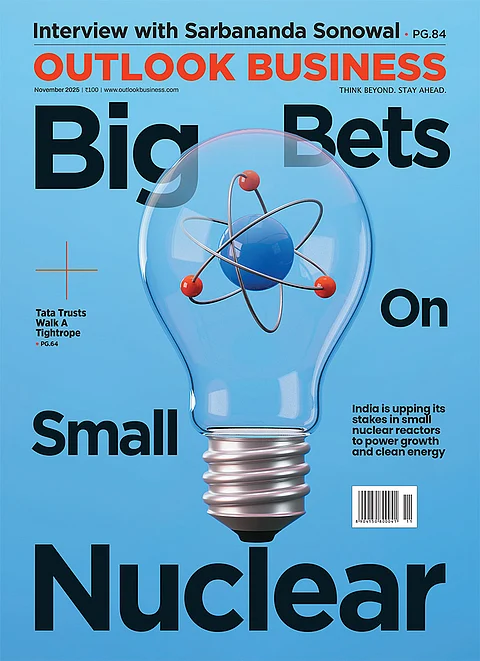
Apple to launch ultra-thin iPhone Air with iPhone 17 refresh in September
First Apple foldable (codename V68) targeted for a 2026 book-style debut
Curved-glass iPhone redesign planned for 2027 to restore visual “wow”
Siri overhaul may use external models; Apple faces AI talent departures
Apple is preparing a multiyear overhaul of the iPhone lineup that begins this September and is expected to culminate in a foldable handset in 2026 and a curved-glass redesign in 2027, according to Bloomberg’s Mark Gurman.
The company hopes this plan will revive the device’s long-dormant visual “wow” factor even as it wrestles with AI strategy, rising service prices and an ongoing loss of AI talent.
Apple’s near-term roadmap opens with a new, ultra-thin model called the iPhone Air, which is tipped to replace the current Plus model at a September launch that sources put on or around September 9. The Air is expected to trade some features for a markedly slimmer chassis and to act as a marketing focal point for the company’s three-year design pivot.
September Launch: 2026 Foldable
Alongside the Air, Apple plans to refresh the iPhone 17 family with standard and Pro variants. Early reports indicate the Pro models will receive modest camera and rear-design updates while remaining largely familiar in appearance; the Air will be the headline change, offering a thinner, lighter alternative with compromises such as fewer cameras and constrained battery capacity.
Industry outlets and supply-chain checks point to those product introductions in early September.
The next big shift arrives in 2026 with Apple’s first foldable, internally codenamed V68. Reports describe a book-style device that opens into a larger internal display, packs multiple cameras, returns Touch ID alongside Face ID in some form and uses eSIM-forward designs, moves intended to position Apple directly against existing Android foldables. Suppliers are said to be ramping prototype work now ahead of a production push next year.
By 2027 Apple aims for a broader aesthetic departure: a curved-edge design that would break from the squared slab look the company has used in recent years. That redesign is being framed internally as a capstone to the multi-year refresh and is expected to align with interface and display-technology updates across iOS.
Siri Overhaul
On the AI front, Apple is reportedly weighing whether to power a revamped Siri with internal models or to license externally trained systems. Bloomberg and Reuters report Apple has held talks with multiple providers, including Anthropic, OpenAI and notably Google, about tailoring Google’s Gemini models to run on Apple’s private cloud as a way to accelerate Siri improvements. Any deal with Google would be a major strategic shift for Apple’s assistant.
To grow recurring revenue, Apple has recently adjusted its services mix. The company raised the monthly price of Apple TV+ to $12.99 for new U.S. subscribers and certain international markets, and this change will phase in for existing customers at renewal. Separately, Apple launched AppleCare One, a $19.99-per-month multi-device protection plan designed to bundle coverage across several products and boost steady subscription income.
Apple’s AI push faces a parallel challenge in talent retention: several high-profile AI engineers and leaders have left Apple for rivals, with recent hires by Meta’s Superintelligence Labs receiving wide coverage. Observers say the departures underline how fierce the battle for top AI talent has become and raise questions about Apple’s pace in model development.
Apple’s planned three-year design sprint is its most explicit attempt in years to reset the iPhone’s look and feel while it simultaneously retools the software and services that make the devices valuable.
The company’s answers on two fronts, whether Siri will be powered by outside models and whether consumers accept higher subscription fees, will shape Apple’s product and revenue mix for the foreseeable future.
































